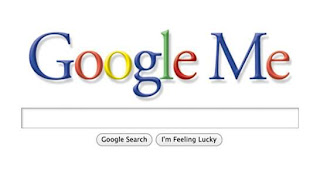
Google continued to demonstrate its commitment to transparency on Monday by releasing fresh statistics on the number of times it has disclosed private user data to a government, or removed content at government request. The country-by-country report covers the second half of 2010.
During that period, the United States was the top requester of user information (4,601 requests), while Brazil was the leader in takedowns, with 263 requests leading to the removal of 12,363 items.
Google has committed to releasing such data at six-month intervals, and the data now goes back 18 months. US data requests were up about 30 percent in the second half of 2010 compared with the same period in 2009. Brazil, which requested the most data in the second half of 2009, actually saw its data requests fall since then.
For the first time, Google is also disclosing the fraction of user data requests it has complied with in addition to the total number of requests (it has always provided compliance statistics on takedowns). It complied with the highest fraction—94 percent—of American requests. It also complied with more than 80 percent of requests in Japan, Singapore, and Australia. At the opposite extreme, Google refused to comply with any of Turkey and Hungary's information requests, and it complied with fewer than half of the requests in South Korea, Portugal, Argentina, and Poland.
The section on takedown requests provides an interesting window into the different types of censorship that occur around the world. For example, Google complied with a request from the Thai government to remove 43 items "mocking or criticizing the king," which is illegal in that country. It removed an Italian video that depicted the assassination of Prime Minister Silvio Berlusconi, but refused to remove videos criticizing politicians in India.
Read More
During that period, the United States was the top requester of user information (4,601 requests), while Brazil was the leader in takedowns, with 263 requests leading to the removal of 12,363 items.
Google has committed to releasing such data at six-month intervals, and the data now goes back 18 months. US data requests were up about 30 percent in the second half of 2010 compared with the same period in 2009. Brazil, which requested the most data in the second half of 2009, actually saw its data requests fall since then.
For the first time, Google is also disclosing the fraction of user data requests it has complied with in addition to the total number of requests (it has always provided compliance statistics on takedowns). It complied with the highest fraction—94 percent—of American requests. It also complied with more than 80 percent of requests in Japan, Singapore, and Australia. At the opposite extreme, Google refused to comply with any of Turkey and Hungary's information requests, and it complied with fewer than half of the requests in South Korea, Portugal, Argentina, and Poland.
The section on takedown requests provides an interesting window into the different types of censorship that occur around the world. For example, Google complied with a request from the Thai government to remove 43 items "mocking or criticizing the king," which is illegal in that country. It removed an Italian video that depicted the assassination of Prime Minister Silvio Berlusconi, but refused to remove videos criticizing politicians in India.
Read More













































